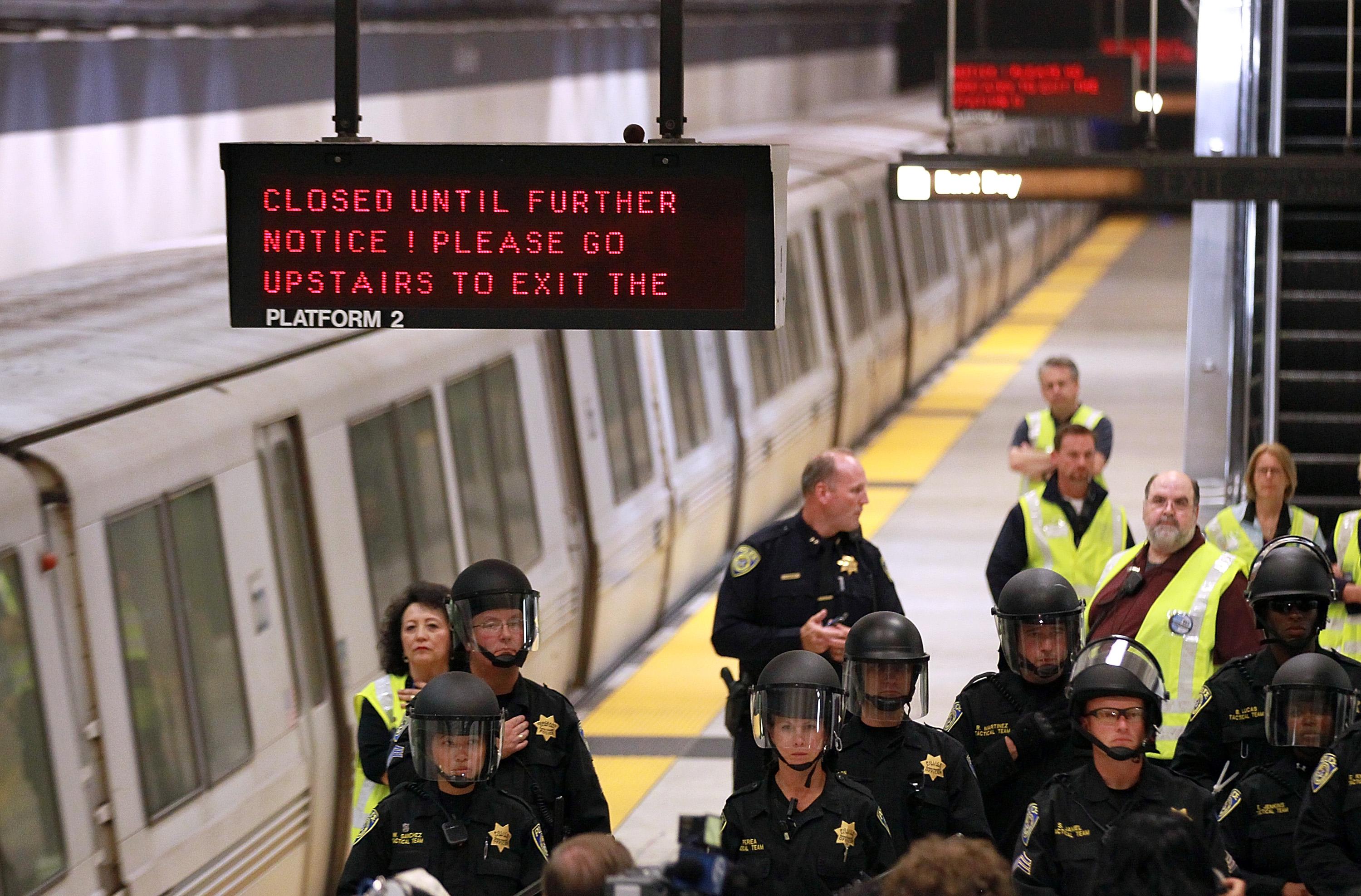I think Kevin Roose misfired today with a piece pegged to the BART strike implying that the rise of “private transportation” services such as Uber and Lyft are responsible for low-quality public transportation has things backwards.
The private transportation technology that undermined public transportation was invented in the 1920s and it’s called the “automobile” and it’s the dominant transportation mode share in every non-New York metro area and has been for a long time. Private cars dominate primarily because private cars are very useful, but this dominance is reenforced by a systematic public policy bias in favor of privately-owned self-driven cars. That starts with things like mandatory parking minimums and maximum Floor Area Ratio rules and expands far and wide to arguably include things like a U.S. foreign policy that’s preoccupied with expensive measures to ensure the available of cheap oil rather than direct expenditures on measures to reduce oil dependency.
But in a small way the pro-car bias of public policy extends to the massive overregulation of virtually ever other means of transportation. In every American city, if you want to buy a car and drive it you need to pass a safety-oriented licensing test. But if you want to buy a car and drive it while carrying other paying customers in your vehicle, you typically face a wildly more difficult licensing scheme whose purpose is not public safety but instead defending the incomes of the incumbent license holders. The upshot of these measures is to drastically increase the price and degrade the convenience of alternative modes of transportation to owning and driving your own car.
This is important, though, because almost everyone rides in a car sometimes. And if the only practical way to gain access to a car ride when you need to ride in a car is to go buy a car, then everyone’s going to have a car and everyone’s going to need a place to park the car. But once you already have a car and a parking space for the car, the marginal cost of driving the car for one more trip is exceptionally low. That means that only people who are too poor to be able to afford a car end up relying on public transportation. Consequently, cities across America neglect their main mass transit option (which almost everywhere is buses) in favor of focusing on a handful of prestige rail projects geared toward real estate development.
If you could wipe the slate clean and make cabs and cab-like services cheaper and more broadly available in your Bostons and San Franciscos and Portlands and DCs and such, then you could imagine many more middle class people relying on Ubers and Zipcars for when they really need a car, while walking, biking, or riding transit the rest of the time. Which is to say that basically all alternatives to the dominant mode of private transportation—the one car per adult, drive yourself everwhere mode—are complements to one another. Uber makes much more sense in a city where lots of people don’t own cars than in a city where everyone owns one. And not owning a car makes more sense if your city has some walkable neighborhoods and good transit lines. But conversely, the availability of private-cars-for-hire on demand makes it much more plausible to imagine not making the large up-front investment in a car that would lead you to rely on a car for your baseline transportation needs.
